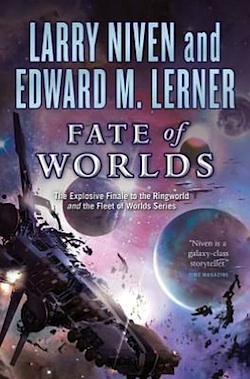Fate of Worlds: Return From the Ringworld
Comment number:
6
Advertisement

Showing 12 results

“The sky above the port was the color of television, tuned to a dead channel.”
William Gibson, Neuromancer
For compliance with applicable privacy laws:



